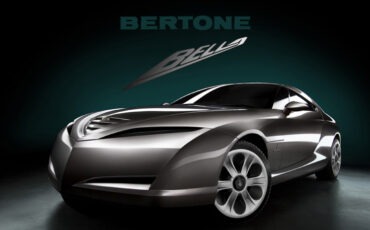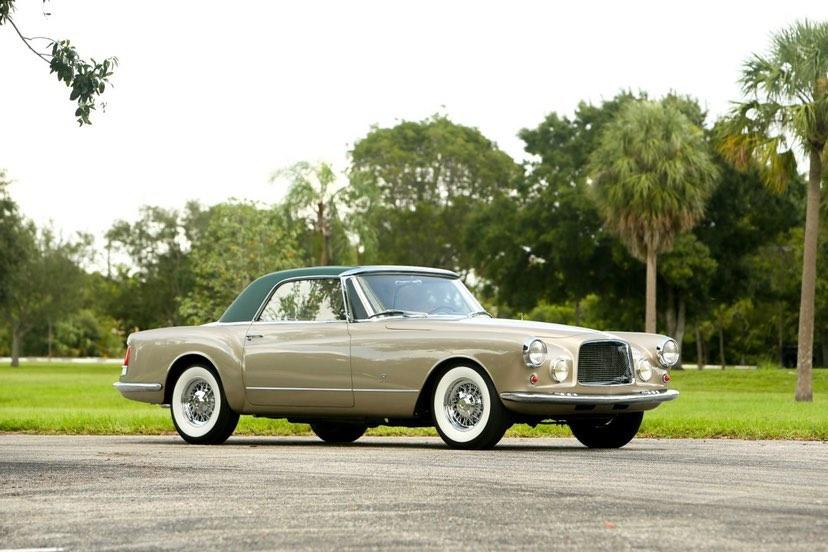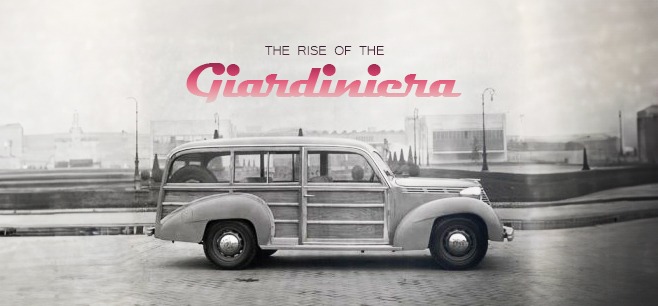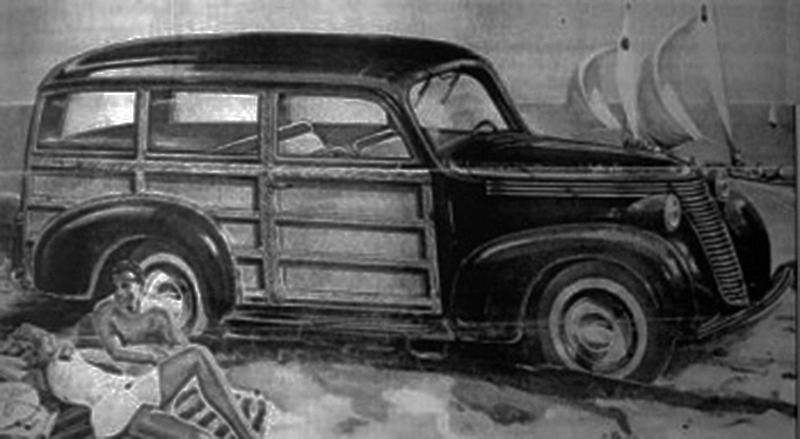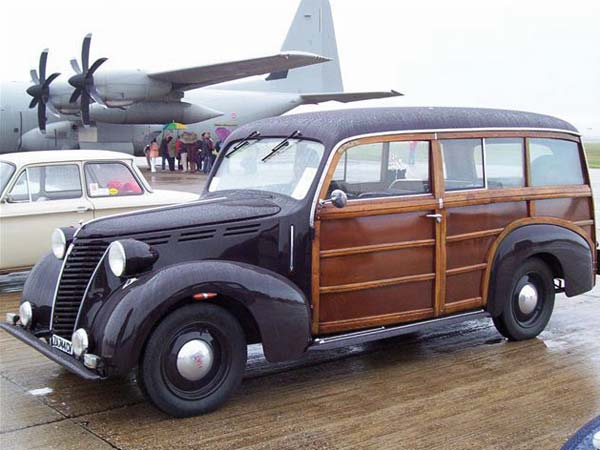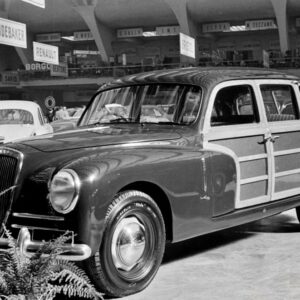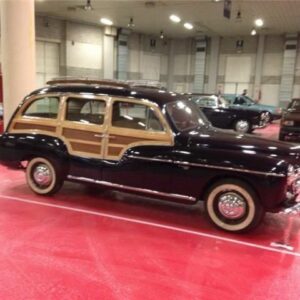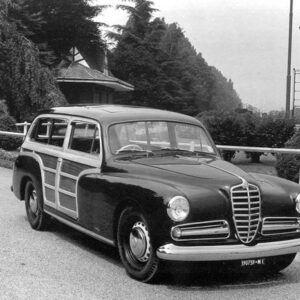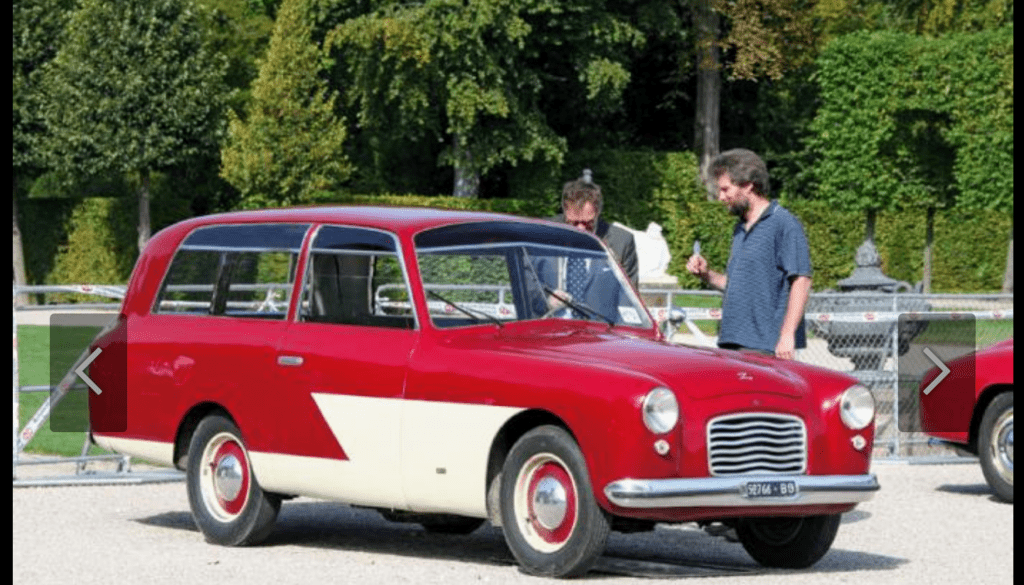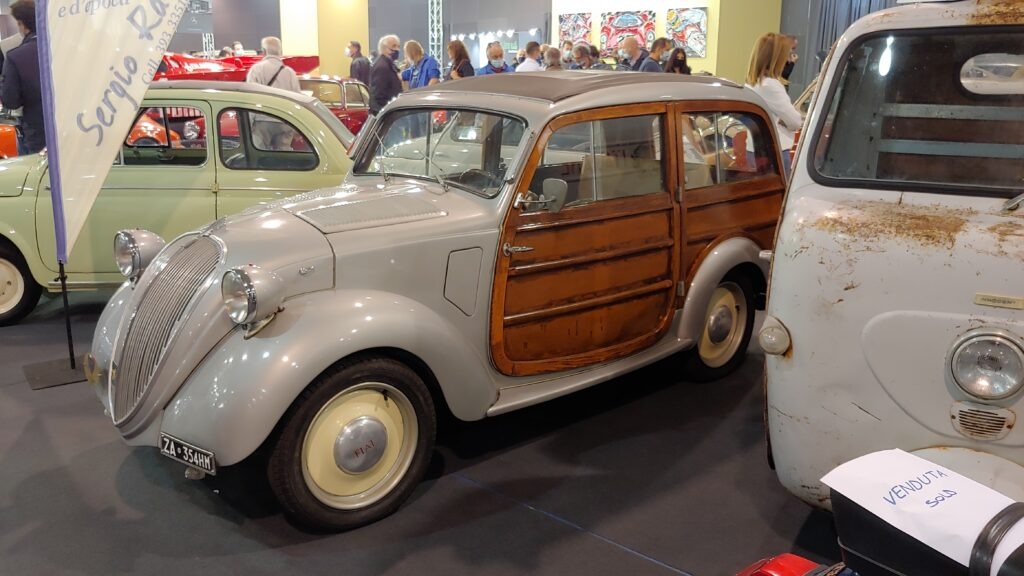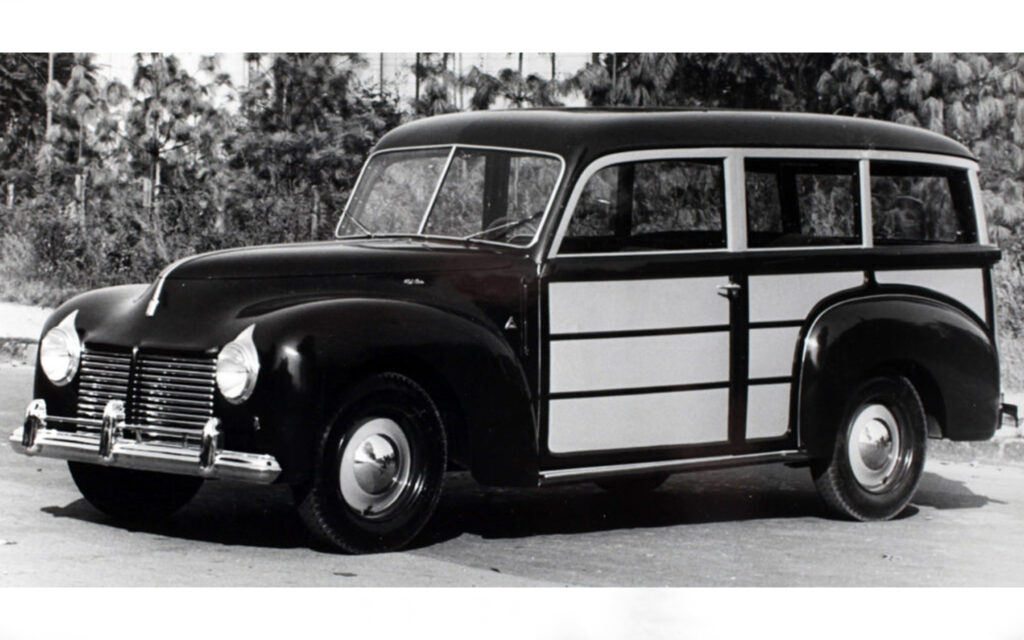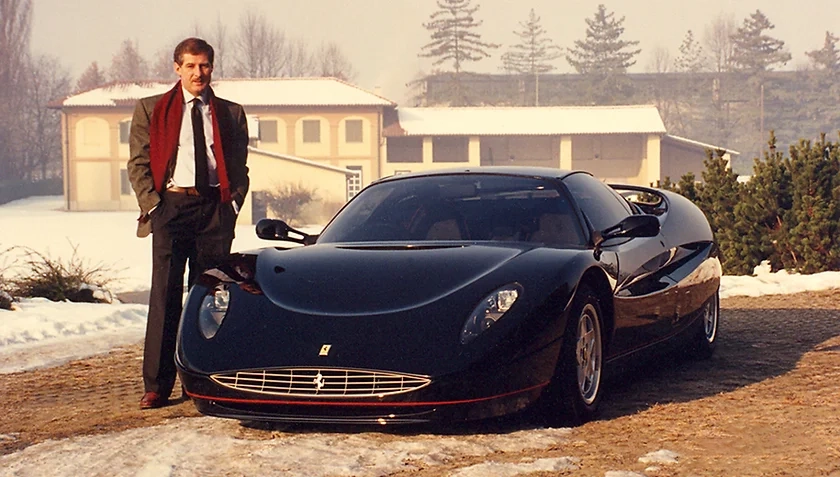
In the annals of automotive history, there exist tales that defy conventions, and one such narrative revolves around the elusive Ferrari F90. Born from a clandestine collaboration between Pininfarina and Prince Jefri, the brother of the Sultan of Brunei, this supercar emerged as a symbol of opulence and innovation. What makes the F90 particularly intriguing is not only its design, credited to Enrico Fumia but also the shroud of secrecy that enveloped its creation. In this comprehensive exploration, we unravel the enigmatic story behind the F90, shedding light on its unconventional genesis, clandestine testing, and its place in the realm of automotive rarities.
The Tokyo Motor Show concept
In 1989, Pininfarina, embarked on an ambitious project: to create a supercar concept based on the iconic Ferrari Testarossa. This endeavor was not just any assignment; it was a challenge that would showcase the pinnacle of automotive design and engineering at the prestigious Tokyo Auto Show.
Led by the visionary minds at Pininfarina, the designer team set out to push the boundaries of automotive aesthetics and performance. Each designer poured their creativity and expertise into crafting their interpretation of the Ferrari Testarossa supercar concept. Among them, also Enrico Fumia.
However, it was Pietro Camardella who ultimately emerged victorious in Pininfarina’s internal competition. His creation, the Ferrari Mythos, captivated the imaginations of all who beheld it. With its sleek lines, aerodynamic contours, and aggressive stance, the Mythos was a testament to Pininfarina’s mastery of automotive design.
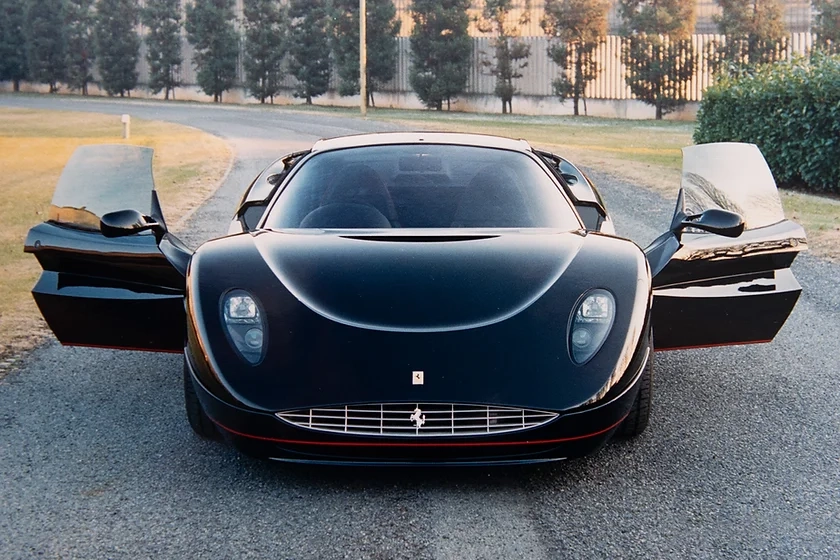
Despite Enrico Fumia’s proposal being rejected for the Tokyo Auto Show, its brilliance did not go unnoticed. Fumia, saw potential in his design beyond the confines of Pininfarina’s initial plans. He recognized an opportunity to breathe new life into his rejected concept.
The Secret Mission
In 1988, Prince Jefri, an avid car collector with an insatiable appetite for bespoke creations, approached Pininfarina with an extraordinary request. He sought an exclusive supercar with a completely unique design. This mission was not just exclusive but veiled in secrecy, a condition that would set the stage for an extraordinary journey in automotive design.
In a bold move, Fumia proposed his rejected Tokyo Auto Show design to Prince Jefri, a discerning enthusiast known for his appreciation of automotive excellence. To Fumia’s delight, Prince Jefri was impressed by the design and gave his approval. Thus, Fumia’s rejected proposal found a new home and a chance to dazzle audiences in a different arena.
The Unconventional Design
Unveiled in 2005 through a microscopic photo in Maranello’s annual, the F90’s design was anything but conventional. Standing as a ‘Targa’ completely outside the norm, it featured an integrated rear spoiler forming a shawl-like extension, partially covered rear wheel arches, and a remarkable glass roof that, when opened, slid over the rear windshield. The front end showcased elliptical motifs, a theme later revisited by Fumia in the 1995 Lancia Y.
Fumia reveals the creative link between the F90’s design and Ferrari’s stylistic past. Drawing inspiration from the brand’s heritage, he employed a method he calls Recognisability or Identity Cycle, comprising the reinterpretation of the brand’s stylistic past, selection of consolidated features, and historization through the introduction of new elements.
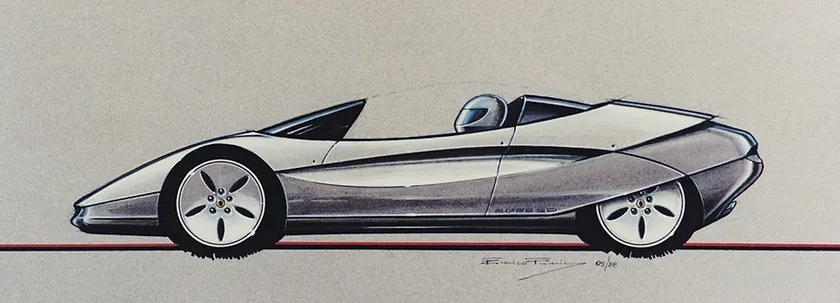
The design details, such as the “pointed ellipse” grille and the “quadrifrontal” motif, not only paid homage to Ferrari’s history but also showcased Fumia’s commitment to functional aesthetics. The F90’s grille, unlike the Testarossa, served a practical purpose by directing air to the front radiator.
Engine and Mechanical Evolution
Mechanically rooted in the Ferrari Testarossa, the F90 retained its V12 engine, producing 390 bhp for the rear wheels. Notably, the two side radiators were replaced with a single front radiator, offering both aesthetic and practical advantages. The F90 represented a departure from the Testarossa’s design, keeping only the wheels and mirrors from the original body.
Clandestine Testing and Recognition
Testing the F90 proved to be a covert affair, conducted mostly at night with the car camouflaged and devoid of any Prancing Horse emblems. While Ferrari remained oblivious to this secret project, the F90’s clandestine existence persisted until 2002 when a photo surfaced, exposing one of the cars in the Sultan’s garage.
The revelation led to a delicate situation, but Ferrari surprised everyone with its response. In 2005, the Prancing Horse officially recognized the F90 as an authentic Ferrari without ever laying eyes on it. The F90 became a part of Ferrari’s history, an acknowledgment that brought immense satisfaction to Enrico Fumia, the creative force behind the unconventional design.
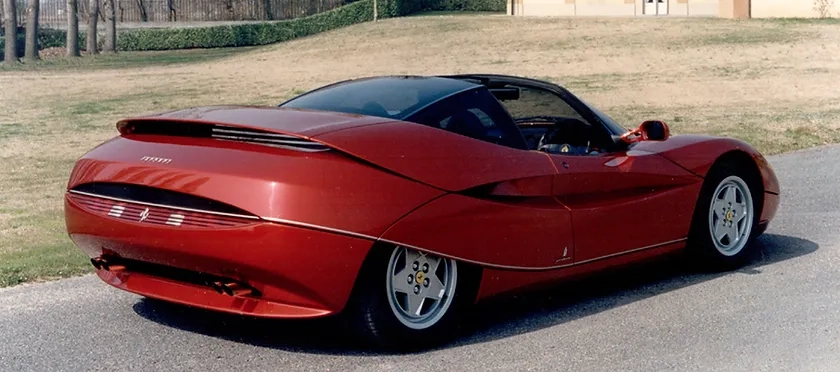
Legacy and Future Dreams
As of now, the six F90s remain shrouded in mystery, resting in the garage of the Sultan of Brunei. Fumia, however, harbors dreams of seeing at least one F90 showcased to the public, emphasizing his desire to share this unique creation with enthusiasts worldwide.
In closing, the Ferrari F90 stands as a testament to the marriage of secrecy, extravagance, and unconventional design. Its journey, from the drawing boards of Pininfarina to the clandestine testing grounds, remains a captivating chapter in the automotive saga—one that continues to fuel the dreams of its visionary creator.
Conclusion
The Ferrari F90’s saga remains a captivating chapter in automotive history, a story of unconventional design, secrecy, and a visionary designer’s bold move. As the F90 rest in the garage of the Sultan of Brunei, Enrico Fumia’s dreams persist—an aspiration to see his creation showcased to the world. The F90 stands not just as a supercar but as a testament to the uncharted realms where imagination and innovation converge, creating an enduring legacy in the automotive landscape.
Buy Enrico Fumia’s book “AUTOritratto” here on Amazon.

